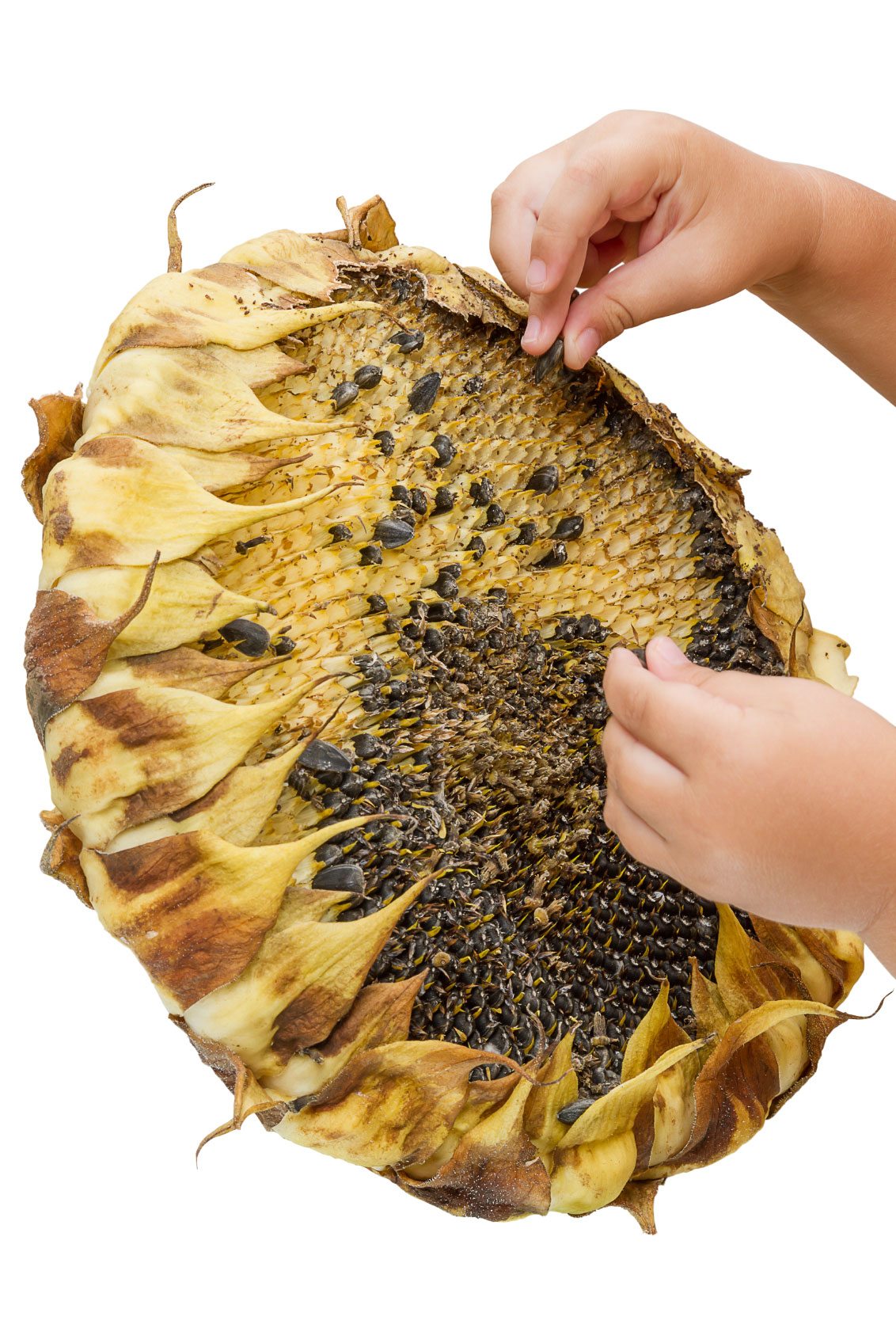Harvesting Plant Seeds: Seed Saving Activities For Children

My 75-year-old, slightly curmudgeonly father is prone to starting statements with “kids today don't…” and fills in the rest of the sentence with a negative observation. One such observation that I can agree with is that “kids today don't have any concept of how and where food comes from.” A fun and educational project to teach children about how and where food is grown is through saving seeds with kids.
Harvesting Plant Seeds
Saving seeds from your garden is not a modern concept. Our forefathers commonly saved seeds year after year to preserve the most premium specimens, those with most abundant production and flavorful results. Saving seeds from the garden was, and is also, a great way to save money by recycling last year's seeds instead of purchasing them. A renewed interest in our environment and how to preserve it brings a renewed interest in sustainability. Saving seeds with kids is the perfect lesson on sustainability coupled with instruction in self-sufficiency. Seed harvesting for kids is an opportunity to teach children about history, geography, anatomy, genetics, and biology. Even spelling and mathematics can be incorporated into these lessons. More importantly, harvesting plant seeds with your children teaches them about where their food comes from, how it is grown, and why it is important to respect the land and the people who produce our food.
Seed Harvesting for Kids
There are multitudes of ways you can collect seeds with your children. Harvest seeds from the garden in late summer and fall. Once the flowers have finished blooming, leave some of the heads on the plant to dry and then collect the seeds. Seeds can be saved in labeled plastic bags, in repurposed glass or plastic containers, in film containers, paper envelopes-- you name it. Just remember to clearly label what each vessel contains. Seeds can be removed from ripe fruit. Make sure to remove as much of the pulp from the seed as possible and then let them dry on newspaper or paper towels. If you dry them on paper towels, the seeds will stick. You can then store them right on the paper towel in a plastic bag (be sure to label them!) until it is time to sow in the spring. Then, simply cut around the seeds and the whole thing can be replanted. Seeds can be saved whilst on a nature walk, urban hike, or other outing. Keep an eye out for maple seeds. Pick up pine cones, dry them indoors, and then pull out the scales to reveal the seeds inside. Acorns are seeds too, and engender the mighty oak tree. Seeds may even come unwittingly home on your person. If you walk through a meadow wearing pants or socks, many different weed or wildflower seeds may stick to you. Once you have harvested the seeds, make sure to dry them thoroughly so they don't mold. Then, store each different type of seed in its own individual container clearly labeled. Keep them in a cool, dry area. The refrigerator is a great place to store seeds. Use either silica gel or 2 tablespoons of powdered milk wrapped in a tissue and placed inside the packet of seeds to ensure that they stay dry. Replace the packet every five to six months. Most seeds will last for three years.
Seed Saving Activities
There are hundreds of seed saving activities suitable for kids. Seeds can be used in board games, for art projects, as musical instruments (dried gourds), and for making seed balls. Seeds can be cured and eaten (pumpkin and sunflower) and cooked with (coriander). Use seeds to teach math and spelling. The internet has many great ideas and Pinterest has a great site with a plethora of suggestions.
Gardening tips, videos, info and more delivered right to your inbox!
Sign up for the Gardening Know How newsletter today and receive a free copy of our e-book "How to Grow Delicious Tomatoes".

Amy Grant has been gardening for 30 years and writing for 15. A professional chef and caterer, Amy's area of expertise is culinary gardening.
-
 Get Ready For A Summer Of Hummers! Grow These Full Sun Hummingbird Plants and Flowers
Get Ready For A Summer Of Hummers! Grow These Full Sun Hummingbird Plants and FlowersIf you’re lucky enough to enjoy a sunny backyard, make sure you are maxing out on your pollinator opportunities and grow these full sun hummingbird plants and flowers
By Tonya Barnett
-
 12 Lush Alternatives To A Lawn For Sustainable Spaces
12 Lush Alternatives To A Lawn For Sustainable SpacesAlternatives to a lawn are beautiful and also beneficial to your local ecosystem and its pollinators. Explore our top picks for plants to replace grass.
By Tonya Barnett